Brenda Lee’s name may not be as recognizable as some of the other music stars from the 1960s but when you think of Christmas, you’ll know her song, and start humming her catchy tune, “Rockin’ Around the Christmas Tree.”
When Lee, now 78, first hit the stage, she wasn’t old enough to drive but her powerful vocals steered her “unprecedented international popularity” as the most successful female artist of the 1960s.
Lee, whose voice defied her diminutive stature at only 4 foot 9, became a fan favorite when she was only 12.
Brenda May Tarpley, born in 1944, got her start in the late 1940s, became huge in the 1950s, and over her career–that started before she left elementary school–she topped the charts 55 times, earning the title as the most successful female recording artist of the 1960s.
When Lee was only eight (according to Rolling Stone), her father, a construction worker, was killed at work and little Brenda–who then changed her last name to Lee–became the family’s primary provider.

Taking care of her younger brother, big sister, and mother–a cotton mill worker–was not a duty, but something she wanted to do. She said that she was thrilled when she made her first $20, so she could help her family: “Even at that young age, I saw that helped our life,” Lee said, adding “It put some food on the table. It helped, and I loved it.”
The Atlanta-born chanteuse, called a “pioneer of early rock and roll,” by the Georgia Encyclopedia, achieved “unprecedented international popularity in the 1960s.”
But, an incredibly humble human, Lee credits those who helped her achieve her dreams. When Christianity Today asked what she thinks about being a legend, Lee said “I don’t think of myself that way!” She continued, “I’m just a girl who’s been blessed to be doing what I’m doing, and there’s a lot of people who’ve sweated a lot of tears and put a lot of life’s work into me to be able to have my dream. So, if I’m a legend, then they’re legends, too.”
In 1956, the young girl joined country star Red Foley for a show at the Bell Auditorium near her home in Augusta, and she belted out “Jambalaya,” by Hank Williams.

She was then signed to appear on Foley’s Ozark Jubilee, a country music show, where millions of viewers fell in love with the sassy 12-year-old whose talent was developed well beyond her age.
In the same year, Lee signed with Decca Records, and the next year, she moved to Nashville, Tennessee, and fusing country with rhythm and blues–highlighted by her hiccupping vocals–she recorded early rockabilly classics like “BIGELOW 6-200,” “Little Jonah,” and “Let’s Jump the Broomstick.”
When asked if–when as a young girl–she was nervous performing in front of large crowds, she answered: “No, not really. Nobody ever told me to be nervous. The stage always felt like a hometown to me because I had been in front of people ever since I was 3 years old, singing to people. So it was a very comfortable spot for me.”
In 1957, Lee earned the nickname “Little Miss Dynamite” for her pint-sized powerhouse recording of the song “Dynamite,” and in 1958, fans heard “Rockin’ around the Christmas Tree,” a genre and generation-crossing holiday standard, released when she was only 13.
“I knew it was magical,” she told Rolling Stone.
Over the next couple of years, she charted with hits like “Sweet Nuthin’s,” “All Alone Am I,” and “Fool #1.”
Most of her songs, however, contradicted her experience as a young girl. Her mother didn’t let her date and she graduated high school not understanding the heartbreak of young love.

She was only 16 when she said “Love could be so cruel” in the song “I’m Sorry” and only 16 when she said “I want his lips to kiss me” in the song “I Want to be Wanted,” both back-to-back hits when she was still in school.
And when she turned 18, she met Ronnie Shacklett, whom she’s now been happily married to for 60 years.
Life on the road for Lee as a youngster had its difficulties. She celebrated her 12th birthday in Las Vegas and speaking with the Las Vegas Journal, Lee explained her loneliness.
“Of course, I wasn’t even allowed to walk through a casino, I was so young. So I didn’t even know what a casino looked like. They took me into the kitchen, then into the showroom. And then when my show was over, I was brought back out through the kitchen and back up to my room. Children weren’t allowed … in the casino area.” She continued, “There wasn’t anything to do in Vegas for a kid. The most fun I had was on the stage.”
Speaking on what she missed out on as a child, the award-winning Lee said, “Many times, I yearned to be with my friends rather than be out there on the road.”
Turns out she made new friends on the road, like with the music group that opened for her at a 1962 show in Germany. “I hung out with John,” she says effortlessly, speaking of John Lennon. “He was extremely intelligent, very acerbic with his jokes, just a gentle person. When I found out that they later said they were fans of my music, I was just floored.”

Gary Burghoff AKA Radar from ‘M*A*S*H’ Always Kept His Left Hand Out of View – Five Times We Could See It

The hit 1972 sitcom “M*A*S*H” introduced the world to a number of memorable and beloved characters, from the smart-mouthed yet compassionate Captain Benjamin Franklin “Hawkeye” Pierce to his endearing friend, Captain B.J. Hunnicutt. Almost every character had stuck in the minds of the fans.
One of the characters that often featured but was easily overlooked by his military counterparts due to his nervous nature was the 4077 MASH unit’s company clerk, Corporal Walter Eugene “Radar” O’Reilly. Although many of the staff on the base tended to take Radar’s effort for granted, the fans sure noticed him.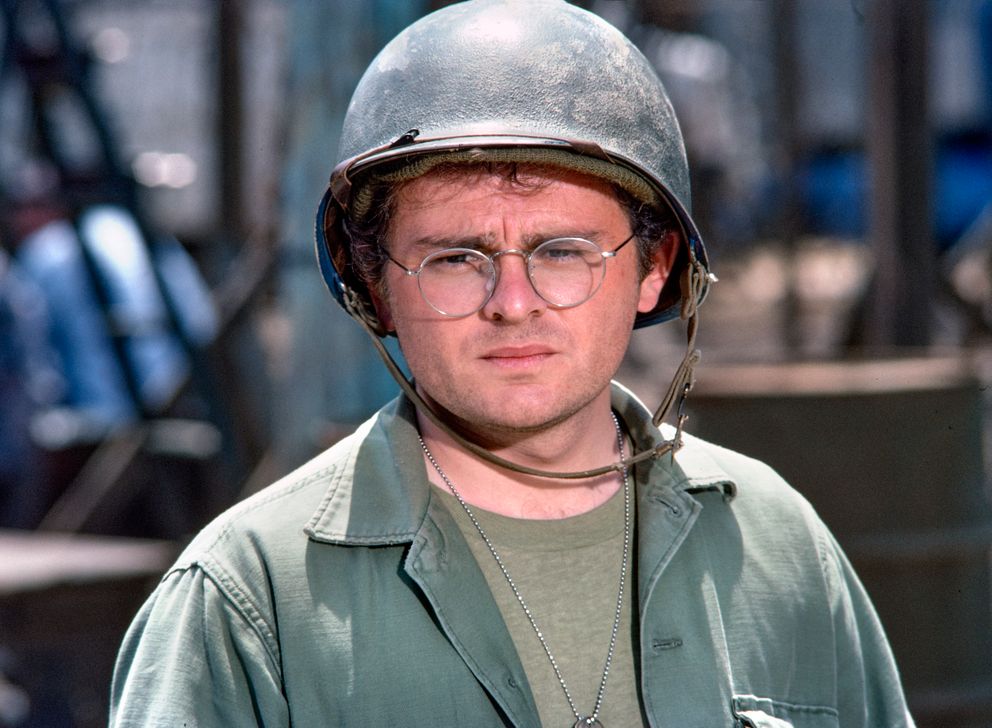
Radar was portrayed by the acclaimed actor Gary Burghoff from the start of the TV show in 1972 until the seventh season, which aired in 1979. Although fans clamored for more of the unassuming clerk, Burghoff revealed that he needed to step away from the show to rekindle his personal relationships and fight burnout.
“M*A*S*H’s” Influence and Burghoff’s Personal Identity
Although Burghoff enjoyed playing Radar, the role became increasingly demanding. The actor commented that it became difficult to separate himself from his character in the eyes of the public, which soon became tedious. He also noted that he despised being fawned over by the crowds:
“Aw, I know I’m cute. Cute, cute, CUTE! I was always cute because I was always the smallest kid on the block. I hate cute.”
Everyone saw Burghoff as an adorable, short, timid character as they’d known him on-screen and on the stage for many years. However, after years of being looked down upon, both metaphorically and physically speaking, Burghoff grew tired of the persona so easily attributed to him by scores of people he had never even met.
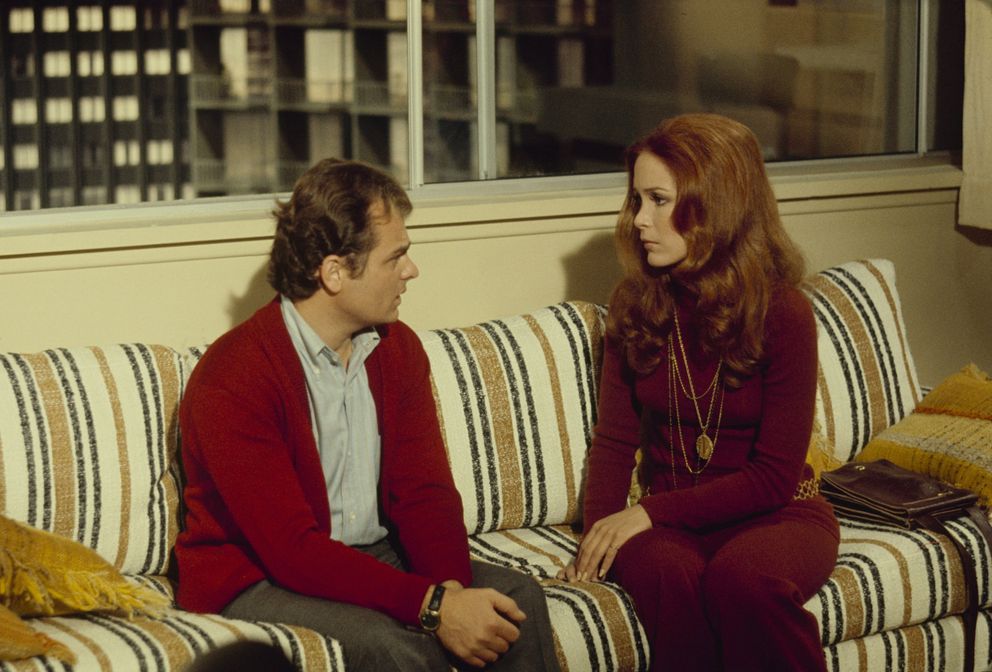
The actor lashed out against this view of him as a cute little fellow by defending his height. As he so rightly pointed out, 5 feet 6 inches isn’t irregularly short, and he would have seen the tops of Arte Johnson or Mickey Rooney’s heads had they ever met. Nonetheless, the persona stuck.
Luckily for all his fans, Burghoff didn’t let his disability stand in his way, and he pursued his dream of becoming an actor.
Despite his misgivings about how others perceived him, Burghoff’s fellow cast members adored him. The director Charles Dubin recalled working with Burghoff before he left “M*A*S*H,” noting how caring and pleasant Burghoff was to everyone on set. However, Burghoff had another aspect of himself that drove down his self-esteem.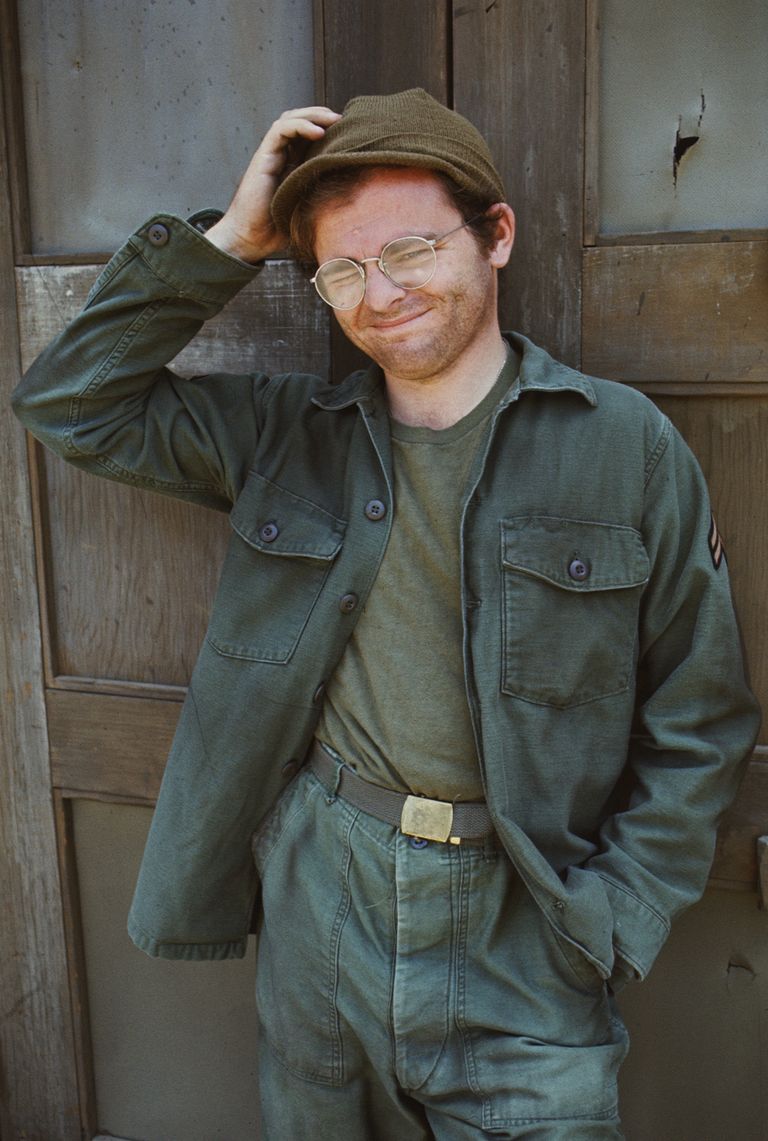
Burghoff had been born with a congenital disability called Brachydactyly, a form of Poland Syndrome. The condition left the actor with three fingers on his left hand that were noticeably smaller than the rest of his digits, and the abnormality had plagued him since he was a small child. The actor commented:
“Of course, this defect affected me while I was growing up. I suppose when I was very young, I knew my disability would set me apart and make me special.”
Luckily for all his fans, Burghoff didn’t let his disability stand in his way, and he pursued his dream of becoming an actor. Yet, becoming a fan-favorite on one of the most iconic TV shows America had ever produced never managed to quell his insecurities about his stout fingers and stocky frame.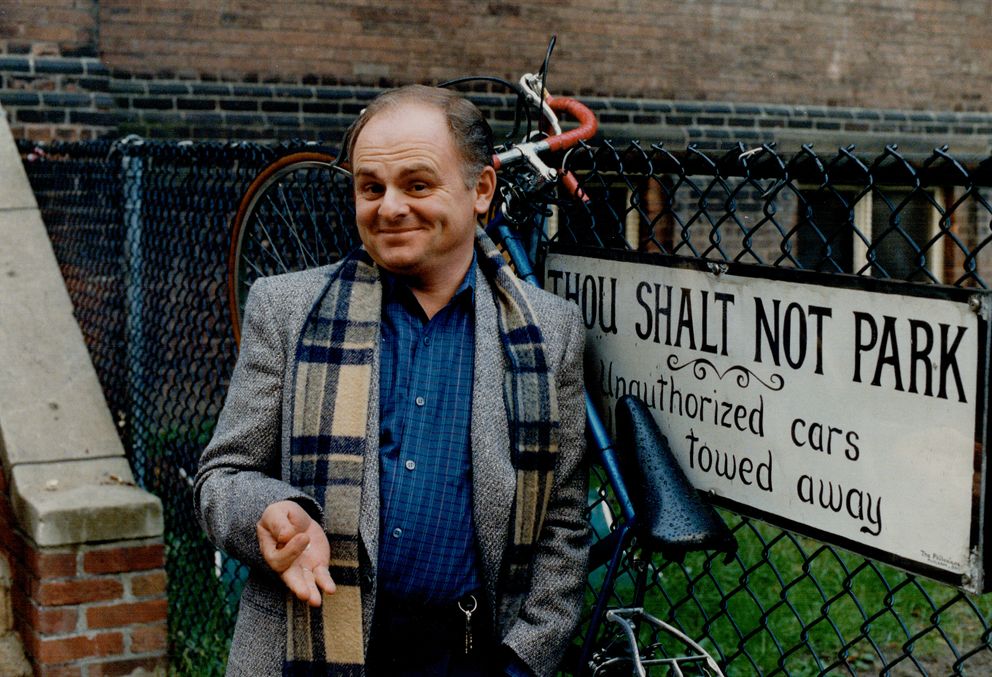
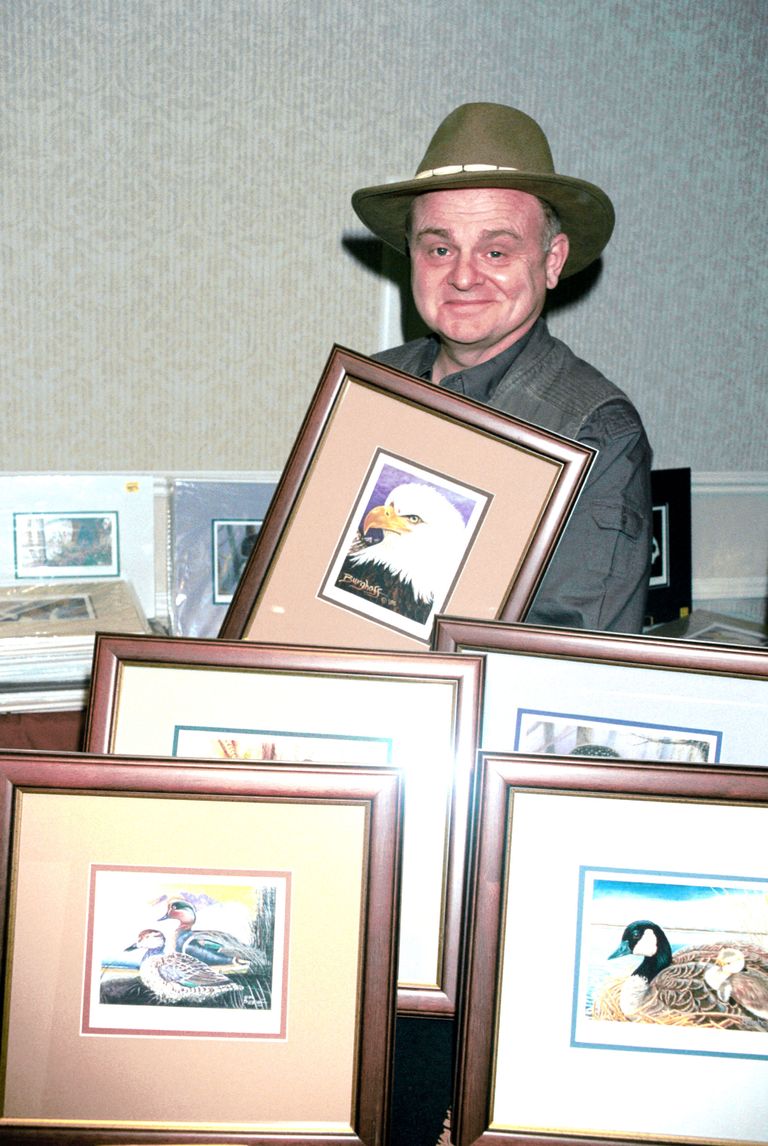
Throughout his run on “M*A*S*H,” Burghoff tried to hide his left hand from the camera. He would often position himself so that the camera could only see one side of his body and usually gestured with his right if the scene required it, although the actor would be obligated to use both hands now and again.
In one of the earliest episodes, viewers were introduced to Radar as he stood in an open area, wearing a greyish shirt and his trademark cap. As the actor turned around and looked at the sky — once again hearing approaching helicopters before everyone else — the camera briefly panned over both his hands holding a football.
When Colonel Sherman T. Potter first made his appearance on the show, taking over from the beloved Lieutenant Colonel Henry Blake, Radar and the new commander shared a scene where they first met. As Colonel Potter exited the room to find the latrines, the camera centered on Burghoff’s upper body as he opened a box with both hands.
Another infamous scene caught Burghoff with both hands on camera. During a regular morning salute, with the loathsome Major Frank Burns leading the ceremony, Radar does his usual morning salute with a bugle. In a hilarious twist, one of the men fires off the ceremonial canon at Burns’s behest.
Naturally, Radar gets the short end of the stick as the cannonball flies directly at him, knocking his instrument clean out of his hands. In the next few seconds, Burghoff turns toward the camera in a pantomime of rage, balling his fists and stomping in outrage. Here, both his hands can be seen for a brief second.
In one of the later episodes, the writers showed off Radar’s softer side when he cuddled his pet guinea pig, Babette. Naturally, Radar stood with his left hand beneath his right, but just as he started to sing, Father John Mulcahy called for him. Burghoff’s hands were visible again as he put the Babette away.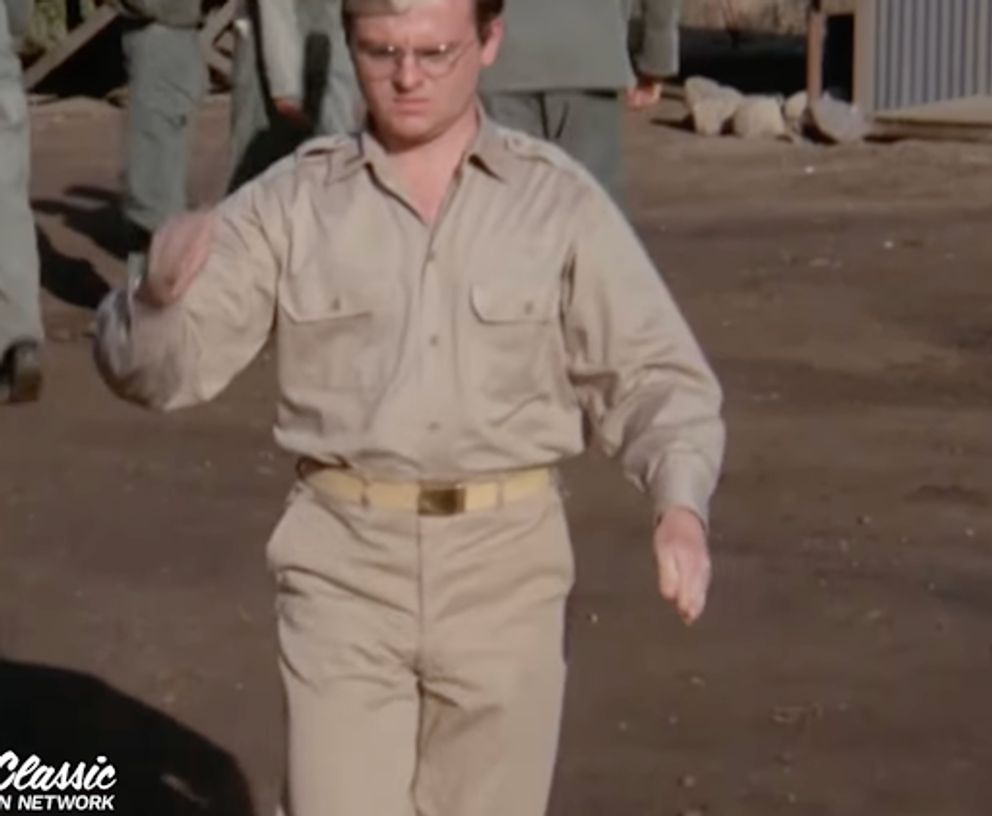
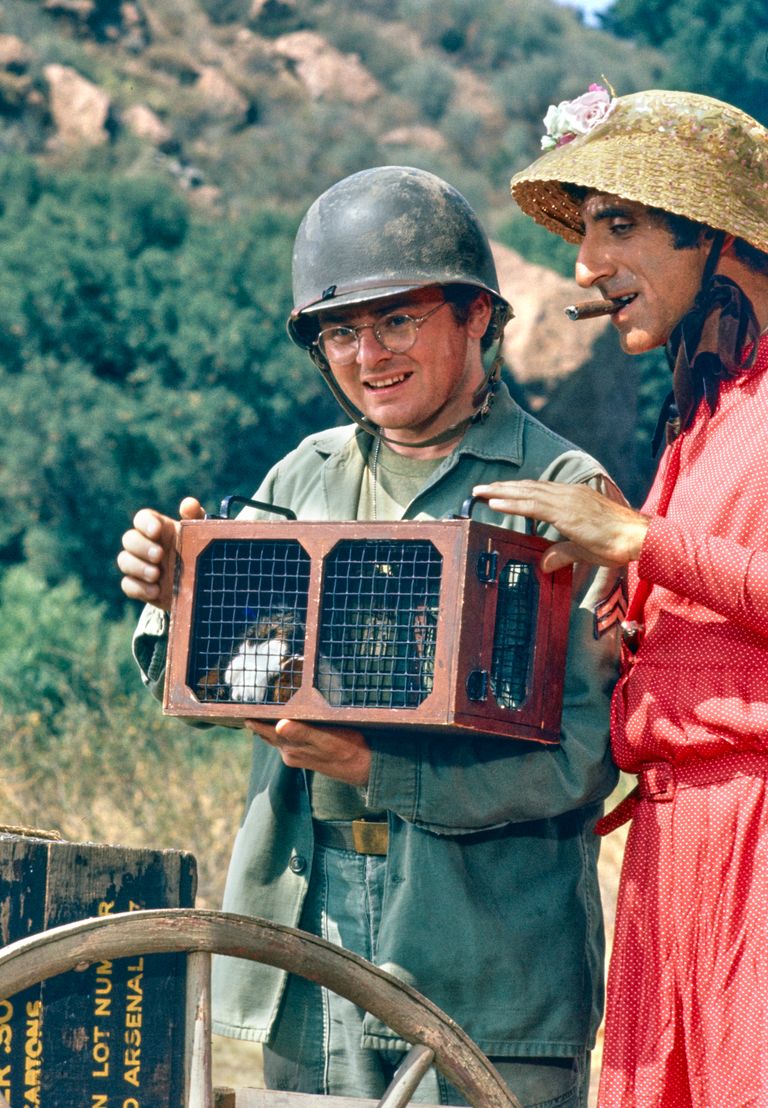
One of the scenes where Burghoff openly showed his left hand came as part of another gag the show pulled. At the start of the scene, Radar could be seen walking across a dirt road while two other military personnel walked away from the camera. The man on Radar’s right first lifted his hand in salute, followed shortly by one on the left.
Radar, the pleasant character he was, lifted his right hand in response to the first salute, as military etiquette dictates. Caught off guard by the quick second salute, Radar lifted his left hand as well, essentially performing a double salute. Feeling sheepish, he frowned and lowered his hands slowly in one of Burghoff’s classic displays of confusion.



Leave a Reply